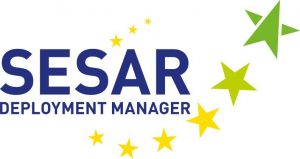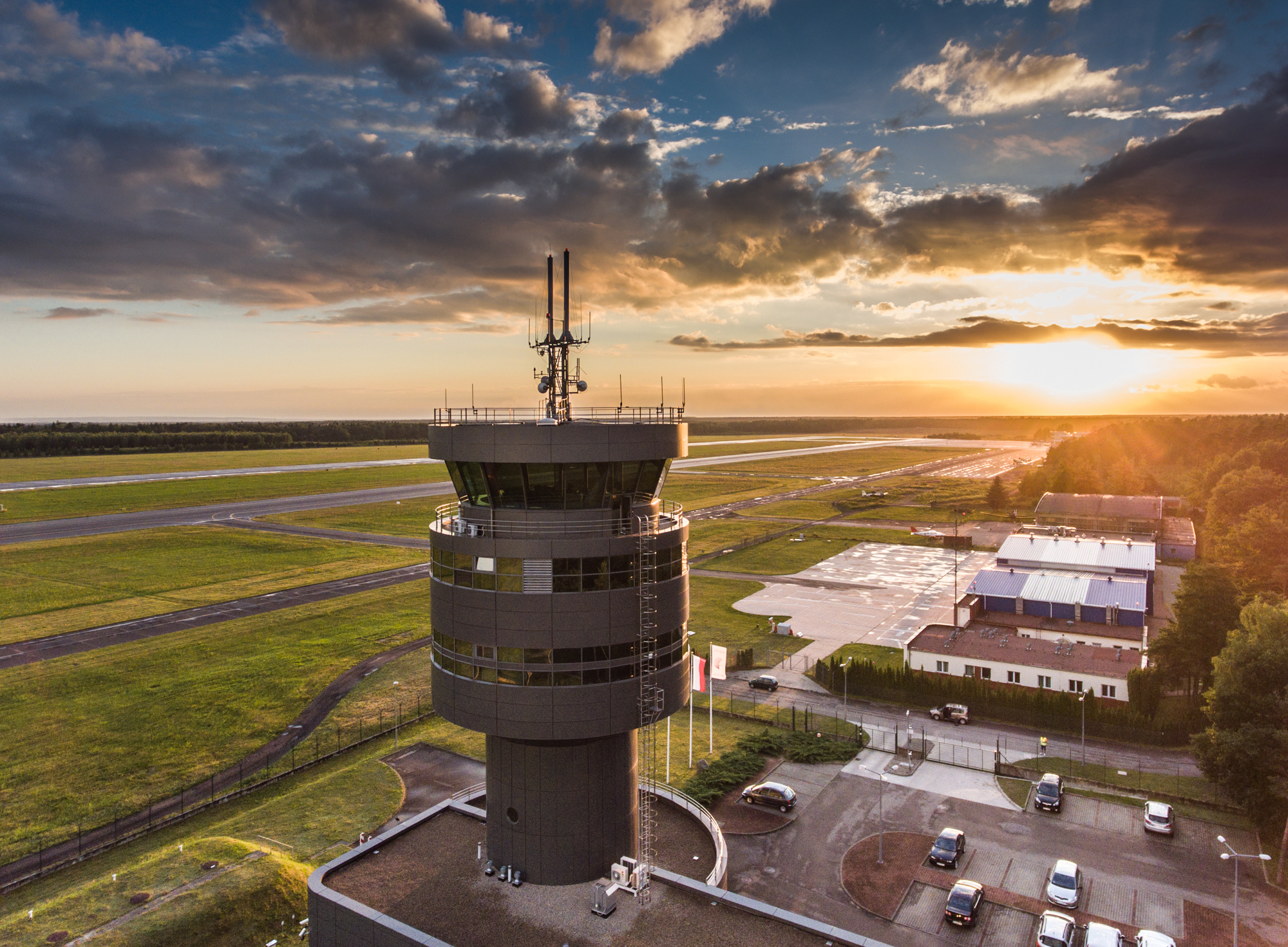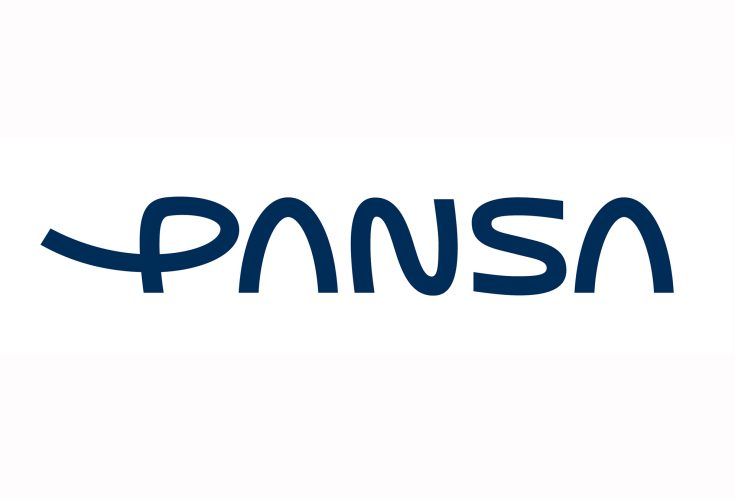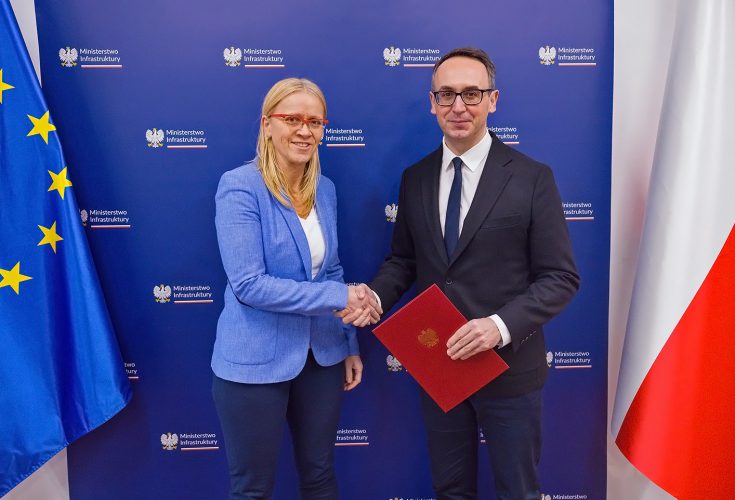Polish Air Navigation Services Agency takes active part in the SESAR programme, the technological pillar of the Single European Sky (SES) initiative. The objective of the undertaking is to develop and implement harmonized air traffic management infrastructure in Europe and solutions allowing defragmentation of the European airspace.
Main goals of the SESAR initiative are to reduce delays in air traffic, cut costs of flight operations, increase airports’ capacity and airspace and to reduce the negative impact that aviation has on the environment.
The programme is divided into three phases. The first phase, completed in 2008, defined common needs and challenges. As a result, the European ATM Master Plan was created – a central document specifying the directions of modernization of the European ATM system.
The SESAR programme also includes the research and development phase and the implementation phase, during which new solutions are examined, developed, and finally implemented for operational use. As part of these two stages, the Polish Air Navigation Services Agency participates in the implementation of several dozen projects. Several others have already been completed and the effects of their work effectively are functioning in the Polish and European aviation system.
SESAR Deployment Phase
The third stage is deployment of solutions developed in the first two phases of the SESAR programme. Only projects that were positively assessed, among others in terms of feasibility and are developed enough that they can be put into operational work reach this phase. This stage is coordinated by the SESAR Deployment Manager (SDM). The organization is responsible for ensuring synchronization and overall coordination of the implementation of projects and related investments.
The SESAR deployment process is regulated by two EU legal acts.
The first is Commission Implementing Regulation (EU) No 409/2013 on the definition of joint projects, the establishment of governance and the identification of incentives supporting the implementation of the European Air Traffic Management Master Plan. This document defines the concept of joint projects and specifies the way of managing them. At the same time, it distinguishes three levels of management: the political level (done by the European Commission), the level of management (done by the SESAR Deployment Manager) and the implementation level (done by entities involved in operational activities: air navigation services providers, air carriers and airports).
The second is the Commission Implementing Regulation (EU) No 716/2014 on the establishment of the Pilot Common Project supporting the implementation of the European Air Traffic Management Master Plan. This regulation establishes the so-called first joint pilot project (Pilot Common Project – PCP), indicating a set of ATM functions to be performed by entities involved in operational activities.
SESAR Deployment Alliance vs SESAR Deployment Manager
In December 2014, based on Regulation 409/2013, a new institution was established – SESAR Deployment Manager. It was tasked with coordinating the implementation of ATM functions defined in Regulation 716/2014 by organizing and synchronizing implementation projects that are part of the SESAR Programme.
At the same time, under the mandate from the European Commission, the SESAR Deployment Alliance (SDA) consortium was entrusted with the implementation of SDM tasks. SDA is a unique partnership of actors involved in operational activities, bringing together ANSPs, air carriers and airport managers.
Polish Air Navigation Services Agency was one of the founding members of the SDA in 2014. Apart from PANSA, ANSPs were represented by the COOPANS partnership (bringing together institutions from Austria, Croatia, Ireland, Sweden and Denmark at that time) and agencies: German DFS, French DSNA, Spanish ENAIRE, Italian ENAV and British NATS. The founders were also airlines: Air France, British Airways, easyJet and Lufthansa.
SESAR Deployment-related Airport Grouping was also among the founding members. It gathered those airports which, pursuant to Regulation 716/2014, were obliged to perform the indicated ATM functions.
Until 2017, SDA operated as a consortium. In 2018, the partnership was transformed into a legal entity, and more specifically into an international non-profit association). Along with the change of the organizational and legal formula, new partners joined SDA: Hungarian (HungaroControl) and Romanian (ROMATSA) ANSPs and Ryanair.
The SDM has a wide range of tasks that can be divided into two groups. The tasks arising directly from Regulation 409/2013 include, among others developing, proposing, maintaining and deploying the SESAR implementation programme, associating operational entities cooperating on joint projects, establishing mechanisms and decision-making processes for effective synchronization and coordination of implementation projects, defining mechanisms linking private and public funding sources, as well as advising the European Commission on issues related to implementing joint projects, implementing its decisions and submitting reports.
The second group consists of tasks related to the coordination of the framework agreement between the SDA and the European Commission. This agreement established the structures and governance mechanisms to implement the SESAR programme through the timely, coordinated and synchronized implementation of joint projects.
PANSA’s activity in SDA
Polish Air Navigation Services Agency participates in the implementation of the SESAR Programme in two dimensions:
- as a founding member of the SESAR Deployment Alliance (SDA) – a grouping set up to carry out the coordinated and synchronized implementation of the SESAR Programme in Europe;
- as an implementing partner, carrying out mandatory implementation projects resulting from legal regulations in line with SESAR.
Thanks to their membership in the SESAR Deployment Alliance, PANSA representatives take part in the work of SDA management bodies: first, in 2015-2017, the Supervisory Board, and from 2018 until now, the General Meeting of SDA (General Meeting of Members, GMoM) ). In addition, since 2019, an agency’s representative is one of the six SDA Directors and has assumed the chairmanship of the SDA Board of Directors.
Participation in management bodies allows PANSA representatives to have a direct insight into the financial and organizational issues of SDM, and thus have a real impact on the functioning of this institution. The agency also makes its human resources available to perform the tasks of SDM – or more precisely, the first Pilot Common Project (PCP).
As an implementing partner, PANSA carries out the process of implementing SESAR / PCP implementation projects, primarily using EU co-financing under CEF Transport Calls for Proposals.
Table 1. Projects related to the implementation of the SESAR / PCP Programme co-financed from EU funds under CEF Transport Call for Proposals, in which PANSA participates as a leader or contributor
| Project name | CEF |
| 1st part of the upgrade of the P_21 PEGASUS system to SESAR functionalities – Test and Validation Platform (project completed) | CEF2014 |
| LAN network upgrade | CEF2015 |
| The ECG Communication System upgrade | CEF2015 |
| ATM System Upgrade towards Free Route Airspace (project completed) | CEF2016 |
| iTEC Tests, Validation and Planning | CEF2016 |
| Implementation of Data Link Service for the ATM in FIR Warsaw (project completed) | CEF2016 |
| Deploy SWIM Governance | CEF2016 |
| NewPENS Stakeholders contribution for the procurement and deployment of NewPENS | CEF2016 |
| DLS Implementation Project – Path 2 | CEF2016 |
| General Call – DLS Implementation Project – Path 1 “Ground” stakeholders (project completed) | CEF2016 |
| European Deployment Roadmap for Flight Object Interoperability (project completed) | CEF2016 |
| Local traffic complexity management | CEF2017 |
| SWIM Common PKI and policies & procedures for establishing a trust framework | CEF2017 |
| IP1 DLS European Target Solution assessment | CEF2017 |
| IOP Foundation – new proposal (pending review) | CEF2019 |
Source: PANSA’s own study.
PANSA also participates in the work of Stakeholders’ Consultation Platform SDM – a tool that allows entities involved in operational activities to consult important strategic documents of key importance for the synchronized and coordinated implementation of the SESAR Programme in Europe. Thanks to this, the Agency has a significant impact on their future shape. Air navigation services providers participate in the platform mainly in Functional Airspace Blocks (FABs). Polish Air Navigation Services Agency is represented in it by the Baltic FAB, which it co-creates with its Lithuanian counterpart – Oro Navigacija.
Future of SDM
The deployment part of the SESAR programme and the research and development phase complement each other, contributing to the cycle of creating and introducing new ATM solutions to the market. The essence of the functioning of SESAR Deployment Manager in practice translates into the implementation of developed solutions. SDM and SJU work together – just as without the activities of SJU, the ATM industry would have nothing to implement, so without the existence of SDM, all research and development studies would remain only at the design stage.
Nevertheless, the future shape of the SESAR implementation part is not yet concluded today. The uncertainty stems from the fact that the mandate granted to the SESAR Deployment Alliance by the European Commission in 2014 to act as Deployment Manager expires at the end of 2020. Meanwhile, the principles of further functioning and financing of the implementation processes have not yet been specified.
According to the report prepared at the beginning of 2019, the Wise Persons Group Report on the future of air traffic management in Europe, it was suggested that the role of the SESAR Deployment Manager should be played by a newly created institution that would be a partnership of entities involved in operational activities (ANSP, air carriers and airports) with Network Manager / EUROCONTROL .
The recommendation resulting from the Wise Persons Group Report and supported by the European Commission results from the capacity crisis in the European airspace, causing significant delays in air traffic. It is also related to the postulate of the necessity to strengthen the links between the technology area and the operational dimension, managed by NM / EUROCONTROL.
However, SDA members are of the opinion that the SESAR deployment area should remain under significant control of operational stakeholders (ANSP, carriers and airports) while still enhancing cooperation with NM / EUROCONTROL.
Currently, talks are held between representatives of SDM and the Network Manager on the shape and scope of tasks of the future institution that is to be responsible for the implementation phase of the SESAR programme. However, the last word on the successor of the SDA will rest with the European Commission, which is responsible for the political level of governance of the SESAR Programme. In order to ensure the continuity of the implementation process, the European Commission’s call for applications for the SDM function from 2021 should be announced no later than in autumn 2020.




